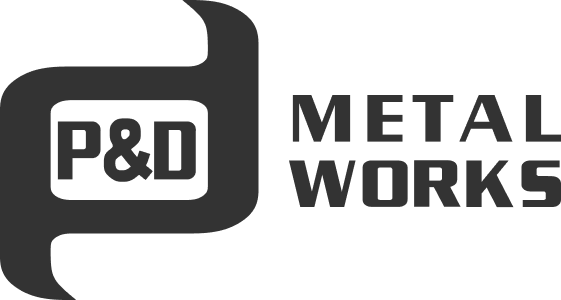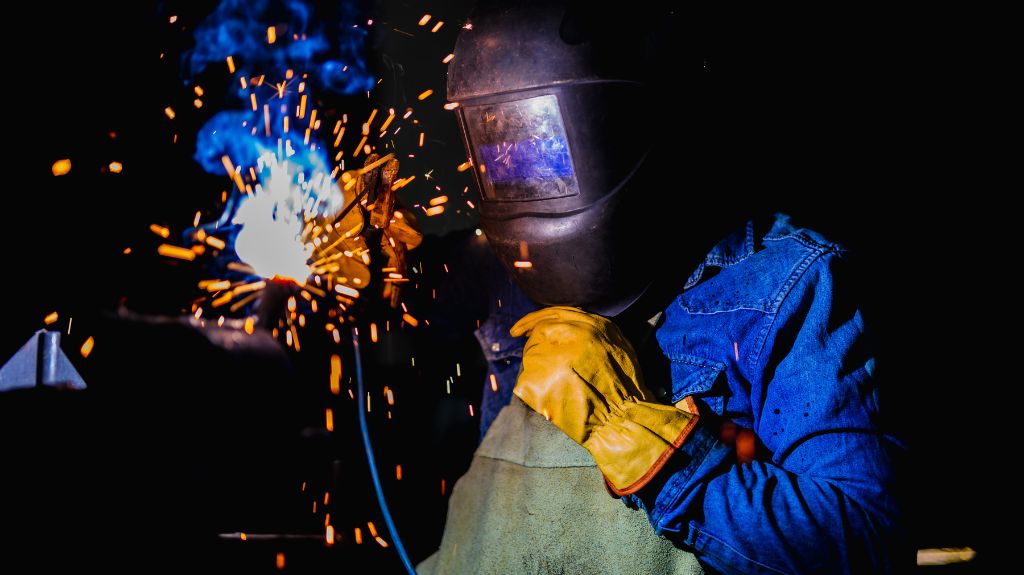Industrial and commercial fabrication rely on strict tolerances at times. Businesses that are interested in the benefits of custom metal fabrication may want to know — what are the standard tolerances for custom metal fabrication? We hope that this overview of general tolerances in custom metal fabrication may help answer your questions.
To answer the question — there are not any universal tolerances for custom metal fabrication. The tolerances will vary based on multiple factors that include — the processes used in the fabrication, the material type, the thickness of the material, the complexity of the design, the part size, the costs of fabrication, and the tolerances directed by the customer. While there are no standard tolerances, there are guidelines and process-specific tolerances and limitations that customers should be aware of when they approach the metal fabrication process.
General Guidelines for Custom Metal Fabrication Tolerances
When specific tolerances are not specified by a design or the process used, there are general guidelines for metal fabrication tolerances that may be set by the fabricator or a governing body like the American Welding Society. These general guidelines provide acceptable deviations for metal fabrication components in many cases that can help establish design parameters.
Process-Specific Metal Fabrication Tolerances
A key element of any custom metal fabrication project are the processes used. In many cases — this will dictate the cost of the project and the acceptable tolerances. Here is a closer look at the process-specific metal fabrication tolerances that you may encounter when you commission a custom metal fabrication project.
- Welding: Metal fabrication projects that involve welding typically have looser tolerances due to the potential for heat distortion of the metal and adhere to general American Welding Society D1.1 structural welding tolerances.
- Milling and Turning: Machining processes — like milling and turning — are capable of achieving tight tolerances to +/- 0.0001 inches and may be capable of tighter tolerances in select applications.
- Laser Cutting: Laser cutting has the benefit of precision and it translates to tight tolerances in fabrication. Laser cutting can achieve tolerances from +/- 0.005 inches to +/- 0.010 inches based on the material thickness and machine.
- Plasma Cutting: Plasma cutting is a less precise process than laser cutting and can achieve tolerances in the +/- 0.020 inches to +/- 0.010 inches based on the materials.
- Stamping: Metal stamping is a process that is specific to sheet metal fabrication and high-volume production. With custom dies used in the process, metal stamping has the capability to achieve tight tolerances.
- Bending: Metal fabrication projects that have angular construction may rely on bending — which has standard tolerances between +/- 0.5 and +/- 1 degree that can rely on the bend radius and materials. The general tolerances for bent construction are between +/- 0.010 and +/- 0.030 inches.
READ MORE: What Factors Affect the Cost of Custom Metal Fabrication?
If you want to know more about the standard tolerances for custom metal fabrication, this guide to general and process-specific metal fabrication tolerances created by the P&D Metal Works Team may help answer your questions.
Contact P&D Metal Works today to learn more about our processes and capabilities!



